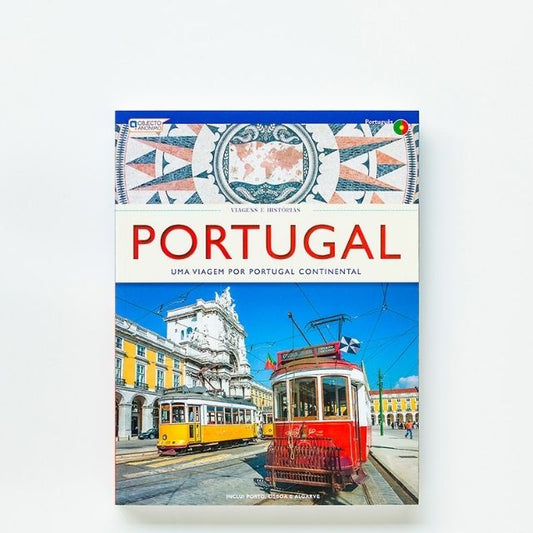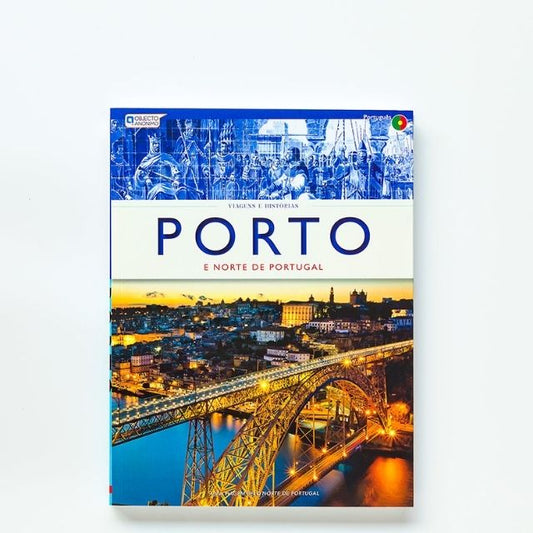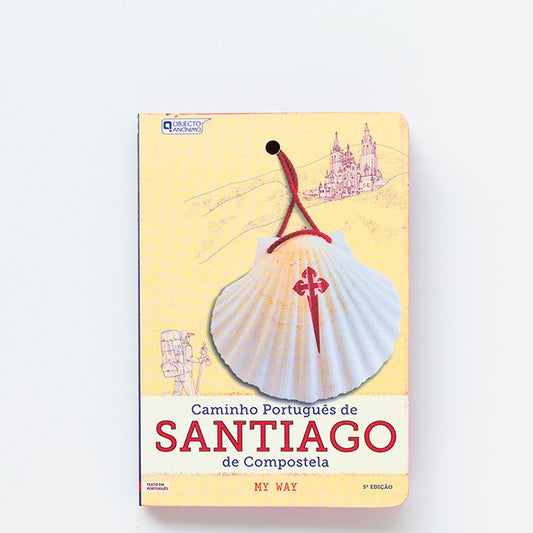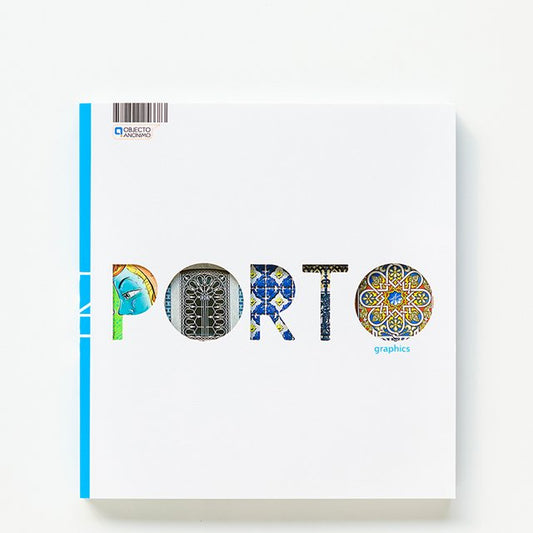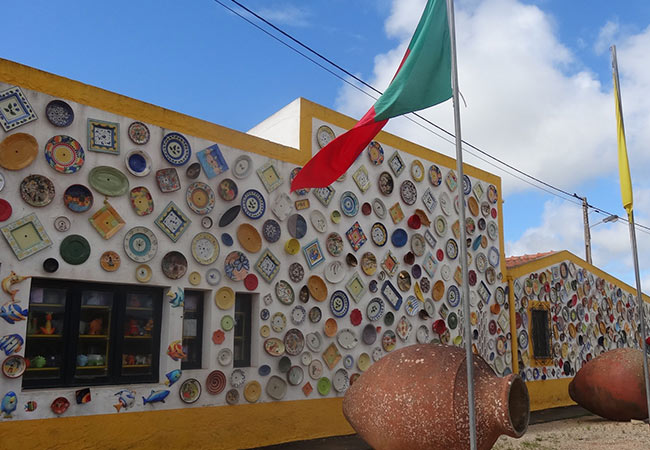
The difference between terracotta pottery & ceramics
The term ‘terracotta’ dates back to the 14th century when Europeans first commenced stoneware production. The world terracotta comes from the latin ‘terra’ ‘cotta’ translated as ‘baked earth’. In my travels sourcing Portuguese ceramics and pottery, I’ve often wondered about the difference between ‘pottery’ and ‘ceramics’. In actual fact, there is a difference which I have only recently discovered is that the objects typically made using earthenware or terracotta i.e. pots or planters and table serving ware for the home are generally called pottery when the earthenware remains in it’s the natural unglazed state.
Fired vessels are more correctly know as glazed ceramics. The term ‘terracotta’ has also been used to refer to both the material itself as well as the object produced.

Derived from clay, terracotta has been used throughout history with sculptures such as the Terracotta Warriors in China, highlighting the resilience of this amazing material. In the Iberica peninsula (Portugal and Spain), the influence of terracotta as material for production was most likely one of many discoveries encountered during expeditions to new lands. The discovery of a lighter more flexible material such as terracotta would have been a revelation to artists, sculptures even architects who traditionally were using materials such as marble and stone for their work.

The art of pottery making itself has an even more fascinating history. Examples of early pottery originating from the Neolithic period date back as far as 29,000 BC. It is a testament to its resilience that we are still producing objects and everyday vessels from terracotta. Earthenware clay pottery or ‘terracotta’ pottery has featured as tableware since the 17th century across most of Europe, the Middle East, and China. While distinctive styles, methods, and techniques exist, what I find most interesting about terracotta tableware is the way in which colours, motifs, and decorations used to give us a cultural insight into where and by whom the objects are made. The history of pottery making and ceramic production is such a valuable source of the history of mankind. It gives insight into how we live, what inspires us and our environment. So next time you reach for a piece of tableware in your kitchen cupboard, take a minute to think about where it came from and who made it. Fascinating concept don’t you think?

We source Portuguese ceramics, terracotta tableware and pottery to a global market.

